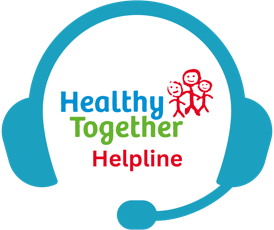Tips for breastfeeding
- Keep your baby close with skin to skin contact as often as possible
- The Mothers and Others Guide pages 10 to 13 shows you how to position and attach your baby at the breast:
CHINS:
Close and chin leading
Head free
In line
Nose to nipple
Sustainable for both
- Respond to your baby’s feeding cues:
Babies ‘ask’ for feeds by:
- Moving their eyes
- Wriggling, waving
- Rooting
- Sucking fists, blanket etc
- Making murmuring noises
You know that your baby will be getting enough milk if:
- They are feeding at least 8 to 12 times in 24 hours
- Have a changing sucking pattern during a feed. This can be fast sucks to get the milk to flow to then slow sucks with swallows and pauses
- They have at least 6 wet and 2 dirty nappies a day from 1 week old.
- Always seek help if you have any concerns. Especially if you have pain when your baby feeds. Speak to your midwife, health visitor or support groups
Cluster feeds
The second night with your baby can be hard work. Babies who have been quite sleepy after birth start to wake more and are feeling hungrier. Your milk will be ‘coming in’ and you may be feeling a bit tearful. Babies will often feed very close together through the night (cluster feed). This can be exhausting but it is normal baby behaviour. However you are feeding your baby, they will be unsettled and hungry at night in these early days. Your baby’s tummy is quite small and they need to eat little and often.
Slowly the cluster feeds will move to the evenings and longer gaps at other times. The length of feeds can be as short as a few minutes or longer. This is the same as how we eat different amounts at different mealtimes throughout the day.
Your baby may not cluster feed and that is also normal. Make sure to get to know your baby and how they feed.
Growth spurts/leaps
Babies will have ‘growth spurts/leaps’ which can last a few days. This is around 10 days old, 2 to 3 weeks, 5 to 6 weeks, 3,6, 9 and 12 months. Your baby may become fussier and seem to want to feed constantly. Your baby is growing fast. Have you noticed that the baby grow does not fit anymore? Your baby will feed more often which will increase you milk supply.
Remember the ways of checking that breastfeeding is going well:
- plenty of wet and dirty nappies
- comfortable
- breastfeeding with swallows being seen and heard
- weight gain
- your baby settles down after coming off the breast content and satisfied.
Contact your healthcare professional at any time if you are worried about how your baby is feeding and growing.
Useful links
- Health for Under 5s- All about breastfeeding
- Health for Under 5s- Overcoming common challenges with breastfeeding
- Health for Under 5s- How to help your baby latch on for breastfeeding
- Health for Under 5s- A step by step guide to breastfeeding
- Health for Under 5s- Brilliant reasons to breastfeed for mums and babies
Leicestershire Partnership NHS Trust is responsible for the writing, publishing and updating of the content on this page.






